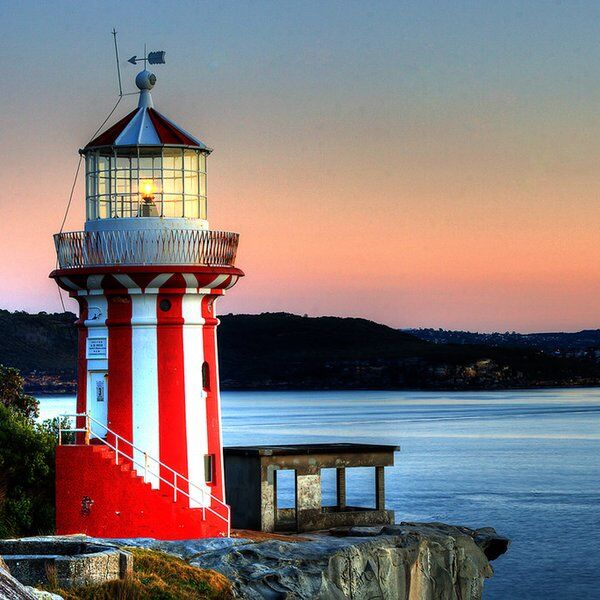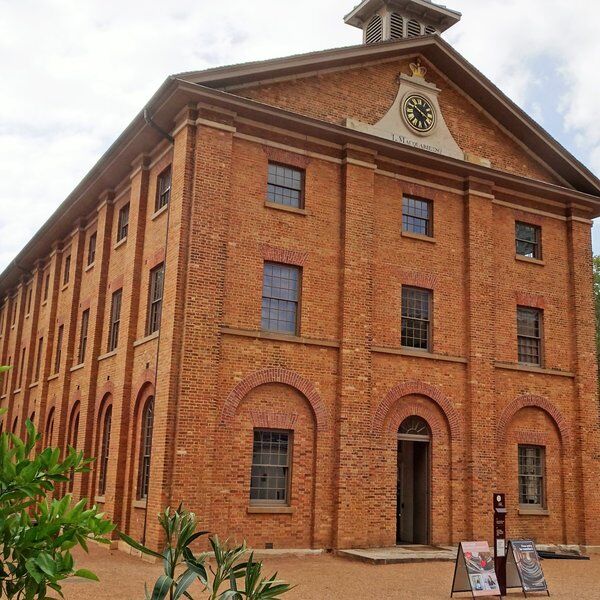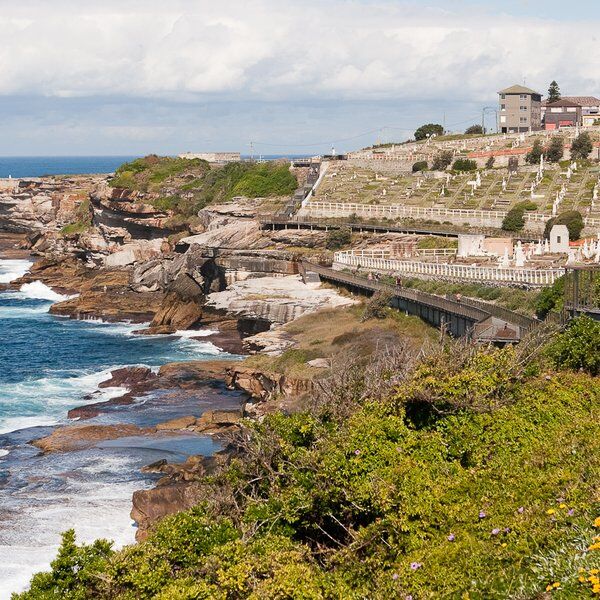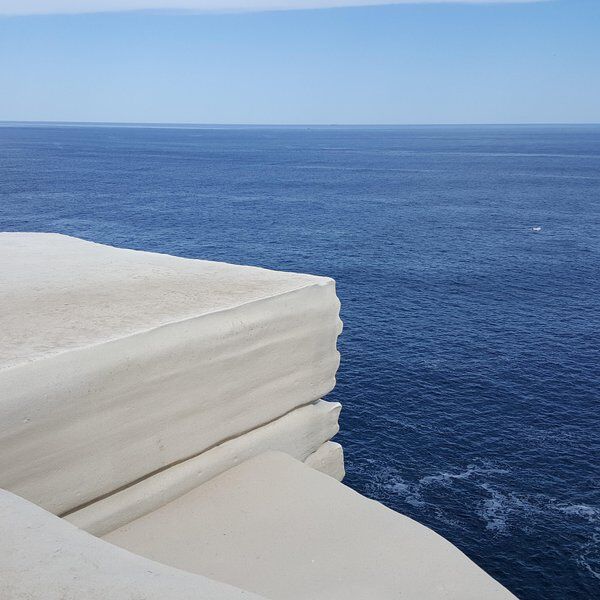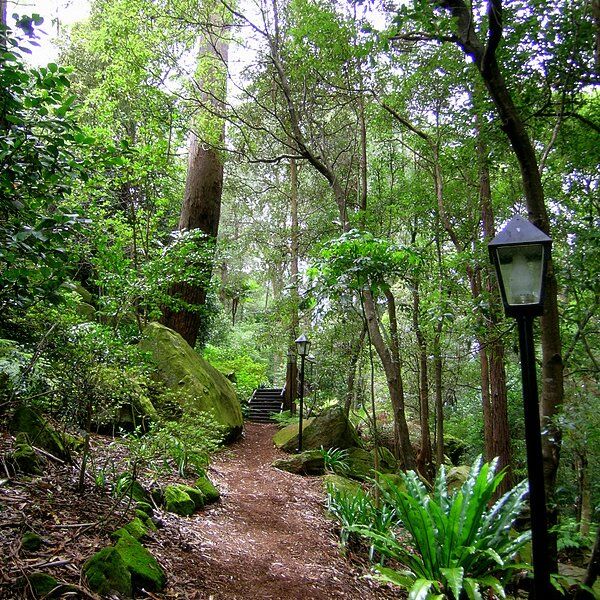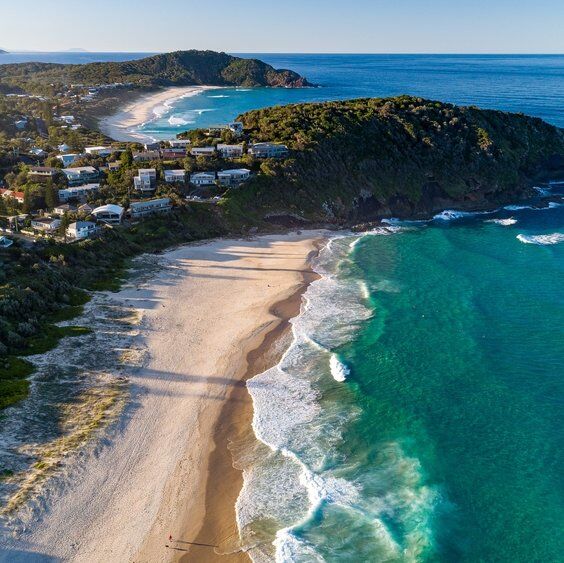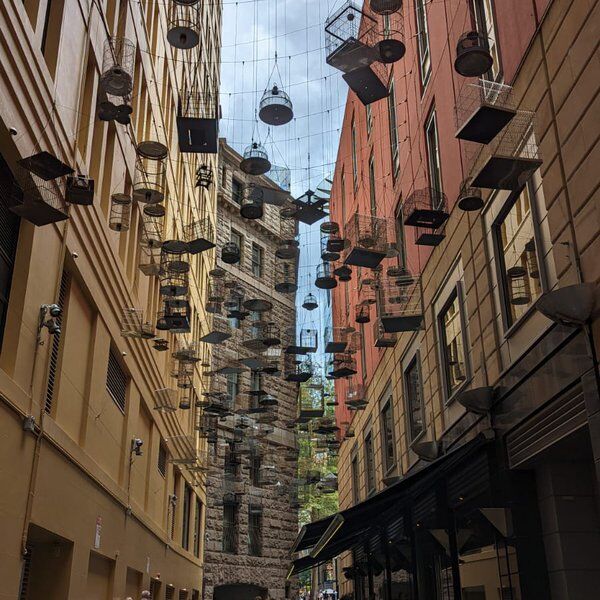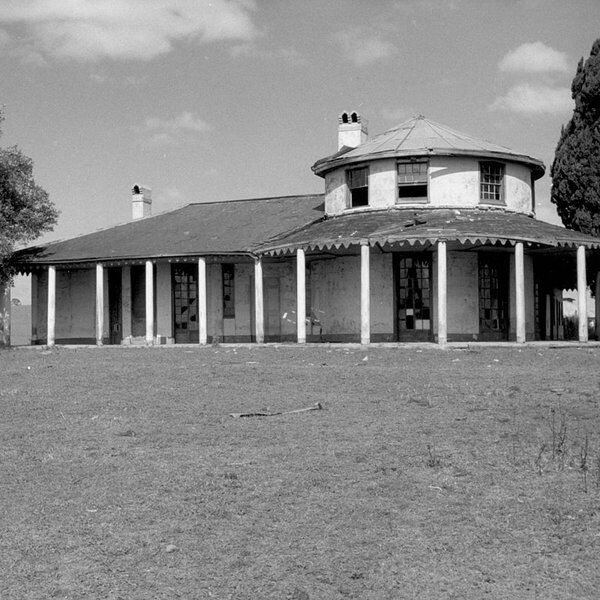
Bungarribee House: A Window Into Colonnial Vanity
Bungarribee House today is a collection of well-preserved architectural ruins dating back to the early days of the British Colony in NSW. It provides a fascinating insight into the lives and ambitions of the area's more prosperous settlers.
Its location atop the highest hill on the estate, its layout and its vast size all hint at the ostentatious nature of the man it was built for, John Campbell, a former British Major. The house was not only meant to be lived in, but to be seen, to be marvelled at.
Unfortunately for Major Campbell the most interesting thing about his property is what predates it. What we know of the land and its peoples prior to the European invasion suggests a long and rich cultural history.

What Came Before Bungarribee House
The area Bungarribee House's ruins now stand on was once home to the Warrawarry group of the Darug people. The Darug people were Aboriginal Australians whose clans used to be scattered throughout much of what is now modern Sydney.
Their ancestors had lived in this region for around 50,000 years. They had settled in clans all along the banks of the Dyarubbin (better known by its European name, Hawkesbury River), where they foraged for food. One of the most significant vegetables in their lives were yams. In fact this is where they got their name from. 'Darug' is derived from an Aboriginal word for yam.
They lived in caves and wooden hunting huts and fashioned traps and canoes to enable them in their day to day lives. Their more inland neighbours sustained themselves on kangaroo and emu meat, which they hunted using stone-headed axes or 'tomahawks'.
Some of the Darug people practised cave-painting and other forms of art. Their artworks can still be seen today in Red Hands Cave, near Glenbrook. These were painted between 500 and 1600 years ago.
In the mid 1700s there were an estimated 3,000 Darug people living in the area, maybe more. Then, the British arrived.
Disease And Violence
In 1789 British colonists introduced small pox into the area. The Darug People's immune systems were ill-equipped to deal with this alien disease. It ravaged their communities.
Meanwhile, the colonists built settlements and farms, destroying the local eco-systems, so that they themselves could prosper. The Darug's tried to defend their ancestral homes, but they were no match for British firearms. Violence became the defining feature of most interactions with these Western invaders.
By 1814, the Darug population had dwindled and the survivors were left with little choice but to band together and rely heavily on the Europeans for food. By the 1840s, there were less than 300 of them left. It had been a little over 50 years since the British first arrived and already 90% of the Darug population was gone.
Bungarribee House Turns A Blind Eye To Ongoing Atrocities
The colony continued to expand. Vain British gentlemen built estates and houses. What little interest they took in the plight of the local population was for the most part misinformed.
Bungarribee House is a good example of this. When Major Campbell named the house he thought Bungarribee meant 'burial place of a king'. It does not. Most likely it is a conjunction of the Darug words for 'creek with cockatoos' and 'creek with campsite.' This mistake is symptomatic of the European attitude towards the local cultures and communities.
Bungarribee House Through The Ages
Campbell died in 1827 and over the decades that followed the house passed between several owners before eventually being turned into an emergency WW2 airfield. A runway was built and it was used by the military until the end of the war.
In 1949 the land was bought by the Overseas Telecommunications Commission. By then the house was in disrepair. They had the building demolished in 1957, with the exception of the meat house and the barn. Its was levelled but its foundations were left intact.
In 2000 the site was excavated revealing a rare footprint of an early colonial farmstead. As a result of this Bungarribee House was made into the heritage site you can visit today. If you do go however be sure to hold in mind the long and rich history of the Darug people in the area, and their continuing plight today. As of 2012 the Blacktown City Council has stopped recognising them as the traditional owners of the area.
It has been their home for 50,000 years.
Interested in finding more places like this? Try one of our Scavenger Hunts in Sydney - untangle cryptic clues as a team, as you are taken on a journey to the most unique, unusual and bizarre corners of Sydney.
Or learn more about the history of Aboriginal Peoples across Australia in our article on Serpentine Falls.


